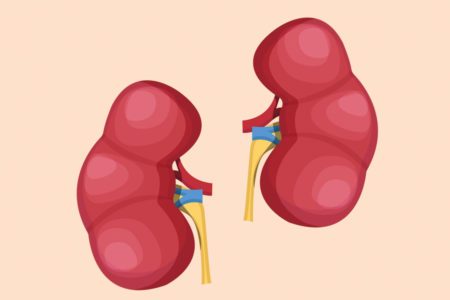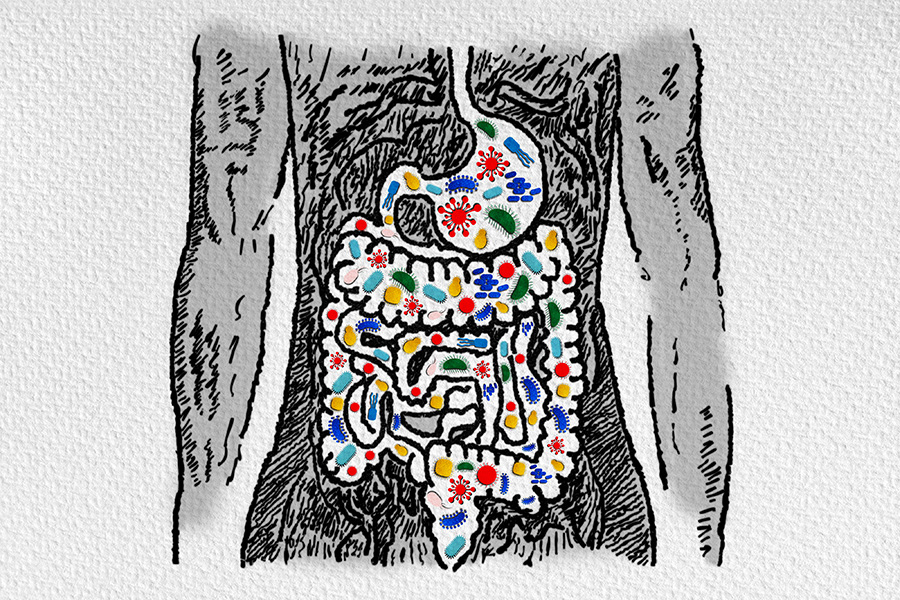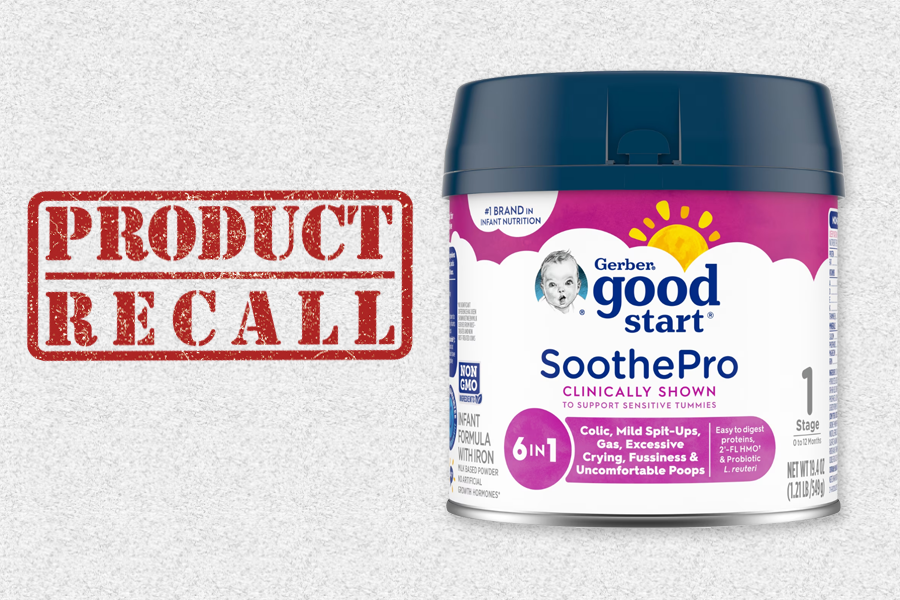The first few years of a child’s life are a crucial period of physical and mental development. During the first few years, your child will gain weight and grow very quickly. An infant’s brain grows more quickly in the first year than in any other time of his or her life! For various reasons, however, some children don’t meet expected standards of growth. Children under three years of age who have an unusually low weight and height for their age group may be diagnosed with “failure to thrive” (FTT).
Failure to thrive (FTT) is a broad diagnosis with many possible underlying causes. Some of those causes include:
- Inadequate energy intake. This is the most common reason for FTT. Reasons for inadequate calorie intake may include error in formula preparation, poor diet or “grazing” feeding behavior, behavioral problems, poverty or food insecurity, and a poor child-parent relationship.
- Inadequate absorption or use of energy. Some health conditions prevent a child from absorbing adequate calories and nutrients. Some common conditions that can interfere with calorie and nutrient absorption include Cystic Fibrosis, Down syndrome, Turner syndrome, gastroesophageal reflux disease (GERD), chronic diarrhea, liver disease, celiac disease, persistent vomiting, and milk protein intolerance, among others.
- Increased energy needs. Some children may be battling a diagnosis that increases the amount of calories they need on a daily basis. For example, children fighting a chronic infection or cancer may require a higher caloric intake.
Nutrition Intervention
Failure to thrive is largely managed by outpatient nutritional intervention; the ultimate goal is to increase the energy intake of the child to enable catch-up growth. In general, with nutrition intervention by registered dietitians and other specialists, FTT starts resolving quickly. Children who continue to have FTT may need supplemental nasogastric tube feeding or enteral tube feeding in order to achieve and maintain the catch-up growth they need.
Enteral Feeding
If adequate oral nutrition is not achieved despite 4-6 weeks of outpatient intervention, especially in children with significant developmental delays, your child’s doctor may consider supplemental nasogastric tube feeding. If a prolonged period of tube feeding (greater than 2 months) is anticipated, a more permanent enteral tube placement, such as a gastrostomy tube (G-tube), may be necessary.
For more information on enteral feeding and oral nutrition, visit Shield HealthCare’s Nutrition Community. Links to feeding tube and feeding disorder support groups can be found in this article on Tube Feeding Support Groups and Resources.
Source information for this article was provided by the Pediatric Nutrition Practice Group, Medline Plus, KidsHealth.org and Shield HealthCare’s Corporate Registered Dietitian.




























